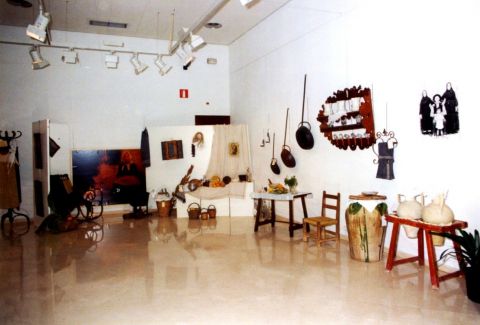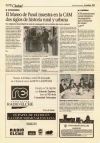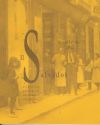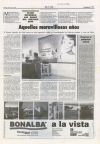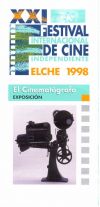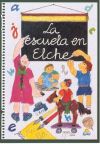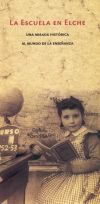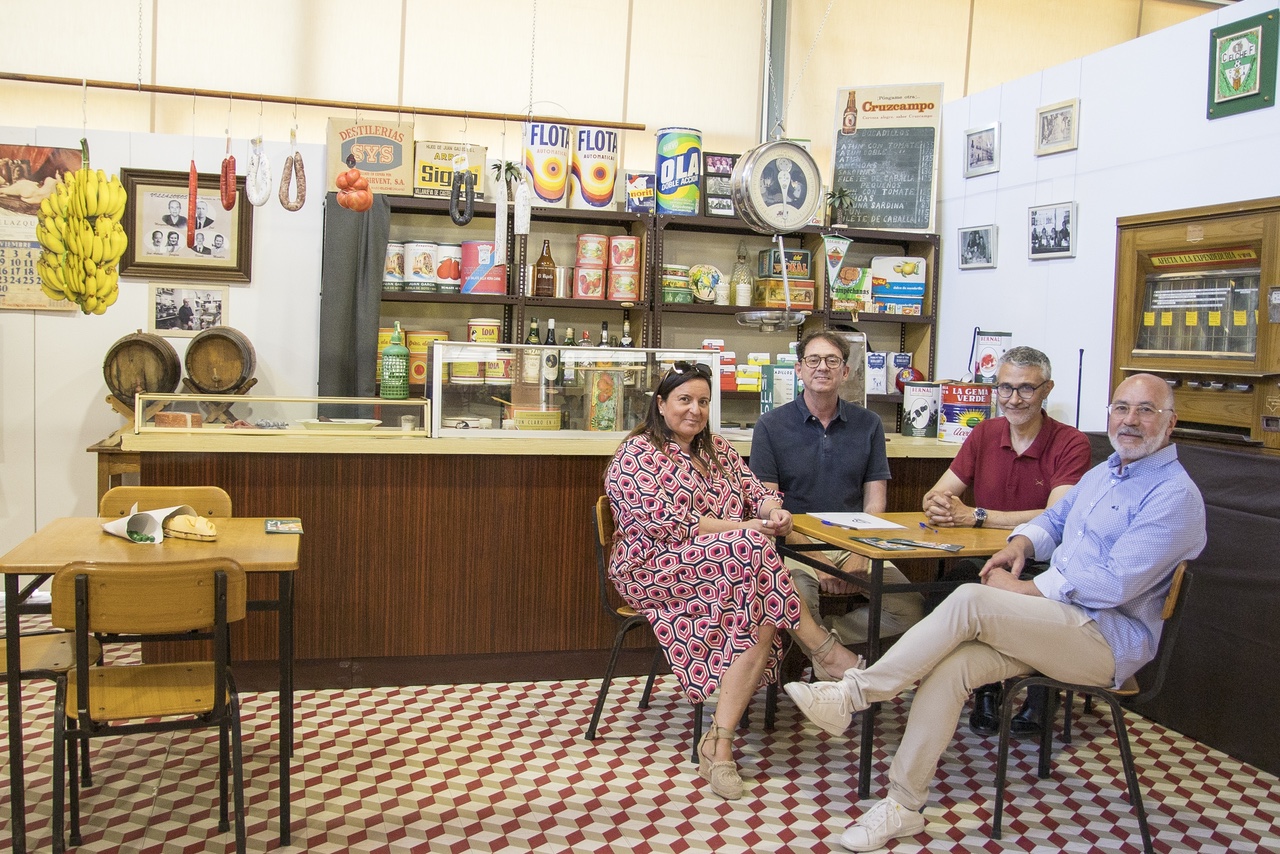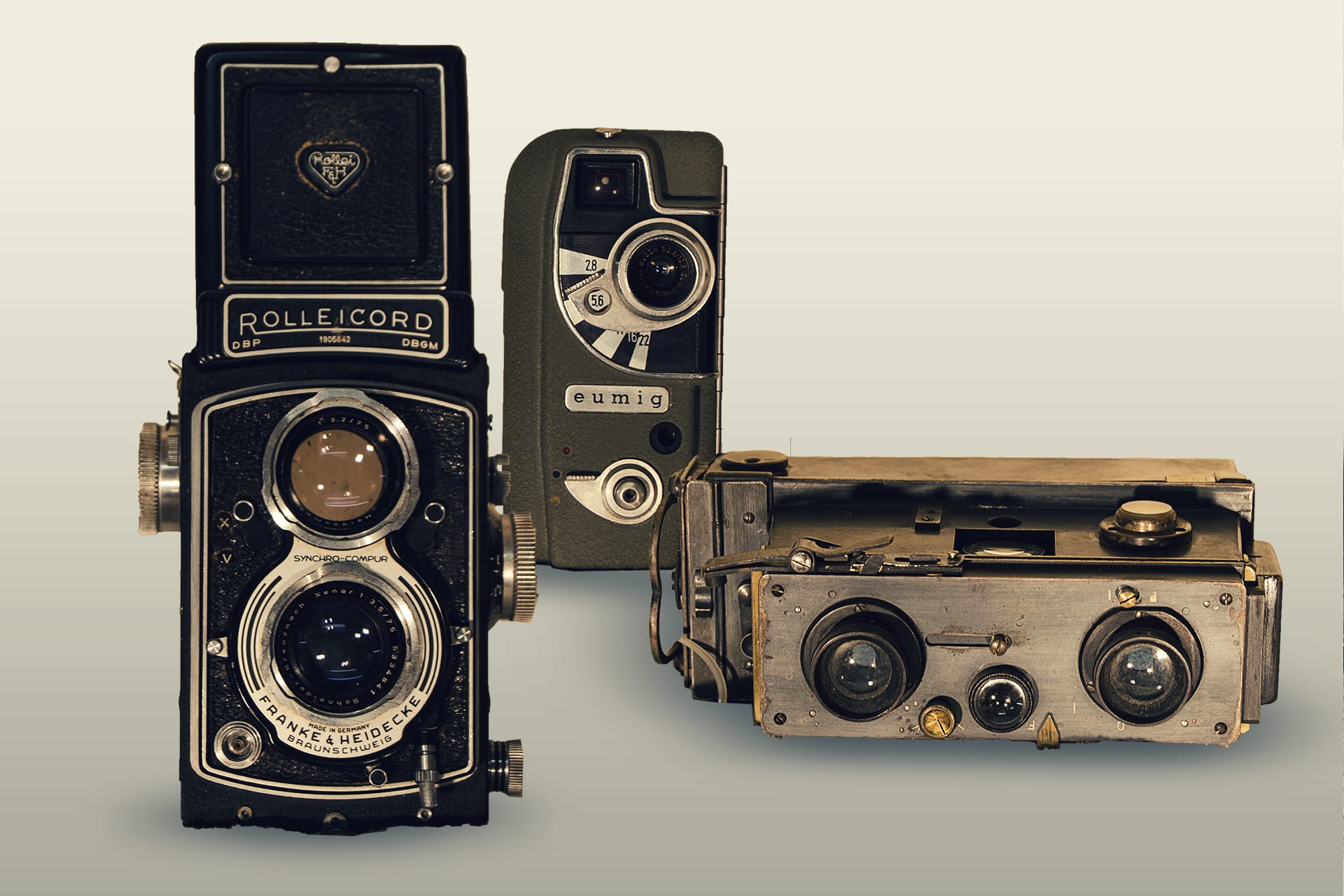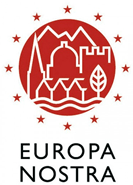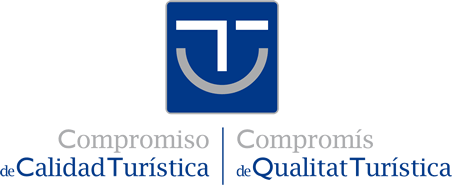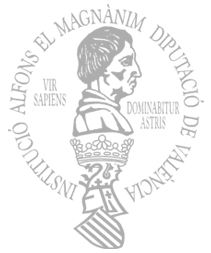
The nineties: first exhibitions of the School Museum in the center of Elche
15-07-2020
It is known that making exhibitions is an essential function in every museum, because the direct contact between this and the public is carried out through them. The Pusol School Museum has always paid special attention to its exhibitions and in this text we will talk about the ones we organized outside our premises in the nineties, once the museum was recognized. Although in the 1980s the museum had collaborated with simple montages in the former Industrial and Commercial Agricultural Fair (FAIC), the exhibitions of the nineties deserve to be addressed together, given their importance and impact.
Indeed, it was after its official recognition, in 1992, when the museum held several exhibitions in the center of Elche, events that received a significant influx of visitors. Entrega eneraciones (1994), La calle de El Salvador (1996), El Cinematógrafo (1998) and La Escuela en Elche (2000), unveiled the activities developed in the museum, which was now approaching the past of the city by showing objects of cinema or commerce, with all the affective burden that this entailed for an eminently urban audience. In the preparation of these exhibitions always had the help of the City Council and, on two occasions, with the collaboration of the defunct Caja de Ahorros del Mediterráneo, entity that, among other actions, made available to us its room of the Roundabout.
The first of these major exhibitions by the museum took place, as has been pointed out, in 1994. Deliveries showed the public a selection of missing crafts, both rural and urban, whose workshops were reproduced. Hemp spinning, wine and oil making, threshing and hunting were also exhibited in recreations that allowed the contextualized reading of the pieces. In addition, a classroom or housing was set up that we could consider as "traditional" (fifties...). Deliverables, in short, meant the presentation of the Pusol Project in the city and, as was said in El Setiet, months later, "[... ] we took to the exhibition hall of the CAM a sample of the content of our Museum and, through his story, we wanted to convey his intention and philosophy"[1]. This exhibition was presented together with a cookery folder, in which some traditional dishes of the area were described, and a catalogue in which the origins of the museum and the project of the school integrated in the middle were outlined. The book also introduced the museum’s collections into a series of short chapters on life in the countryside.
Two years later, in 1996, the museum published a new title: The street of El Salvador, a small history of its shops and its people. On the occasion of the presentation of this work a unique exhibition was prepared, in collaboration with the merchants of this street and with the City Council. The street of El Salvador, the old commercial hub of Elche, had been languishing with the passage of time, to the point that many of its emblematic shops had already lowered the blinds. Since the early 1990s, the museum had already shown interest in conserving funds from these establishments. Without abandoning the original agricultural character, our museum evolved towards the urban environment of Elche and the daily life of the city now broke out as a new line of action.
The presentation of the book on this street led to the assembly of an exhibition on it, which for a day recovered the atmosphere of his best years. For a few hours, the old shops reopened their doors and decorated their windows with their best genre, the one they sold in the past. The active collaboration of the/the merchants/as was decisive for the preparation of this event, which highlighted the potential of our museum to excite people and make them participate, fact that was directly related to the concept of ecomuseum and its social projection. The book on this street, of attractive design, was presented in a case next to a folder of sheets and in it the same work team intervened as in the previous one. Directed by Fernando García and coordinated by María Dolores Peiró, most of the texts of this publication were written by an unforgettable collaborator, Francisco Pérez Soriano, retired druggist who for fifty years ran one of the most popular establishments of this commercial route, the drugstore Pérez Seguí. In a tight synthesis, the author traced a sentimental journey through the old street that had seen him born. His personal memories evoked the daily life of the small shops of yesteryear, in an excellent work of what we could call autobiographical or memorialist genre. The publication was completed with drawings, memories and experiences of other collaborators of our Project.
In 1998 El Cinematógrafo was held, an exhibition that, as we will see, approached the popular culture of an entire era. As a result of the rehabilitation of the Gran Teatro - now a centenary -, carried out in the early nineties, the museum recovered an important collection of objects related to this room. The furniture and the posters, above all, integrated some funds with which, from then on, the center always hosted the project of preparing an exhibition. In 1998, as mentioned, on the occasion of the 21st edition of the International Independent Film Festival, it was agreed to prepare an exhibition to complement the screenings.
With El Cinematógrafo, the history of cinema in Elche was addressed, influencing the post-war films and the theatres where they were exhibited, already disappeared by then. For this purpose, some workers from the sector, still active, were involved. The box office, the canteen, the dressing room and the seating area of those theatres-cinemas of the mid-20th century were reproduced. There were also posters of films and a large documentary set related to the most popular cinemas in the city.
During their gestation process, several retired teachers - collaborators of the museum - searched for old school photographs of the schools of the city and the countryside. The family ties, professional or simple friendship and complicity in the project opened the doors of citizen collaboration. Hundreds of photographs were collected, most of which were correctly dated; even many of them obtained the relationship of the students/as and teachers/as that appeared. A selection of sixty of these snapshots, enlarged and exhibited according to a chronological discourse, began the tour of the exhibition, which invited the public to recognize themselves in them.
But the exhibition was not only about school, but also about the world of children in general. Alongside the recreation of a post-war classroom, a small school library and a printing workshop, the museum presented a section dedicated to games and toys, as well as comic books and children’s publications. In parallel, a book was published, coordinated from the museum, with the participation of university specialists in different subjects related to the history of teaching or material culture in the school. This beautifully illustrated collective work, of large format and volume, reflected the result of the work that the museum had been developing on the school for some time. [2] The School Museum finally published a book about the school and, in a way, paid off the debt contracted with its own history.
Author: Rafa Martínez, director of the School Museum.
[1]El Setiet. Pusol Agricultural School Museum Newsletter, No 2, 1994, pp. 46-47.
[2]Diario Información, No 5.854, 28 September 2000, p. 12.
